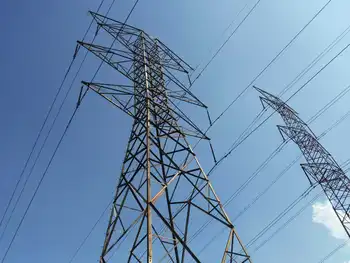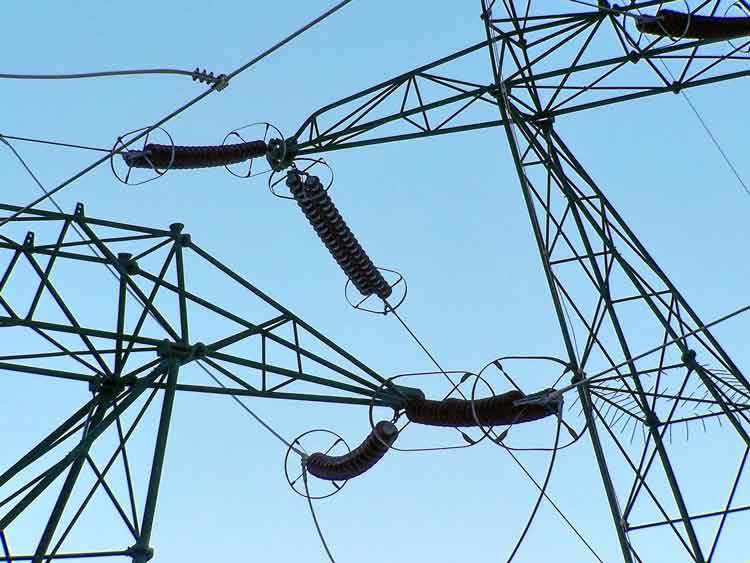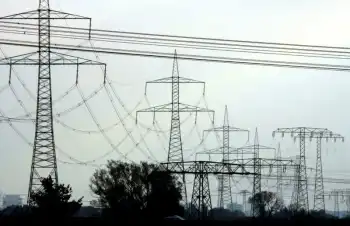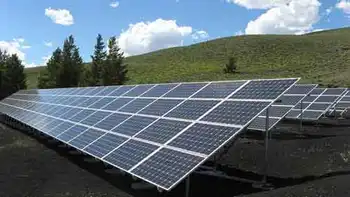Telvent is now Schneider Electric
By MarketWire
NFPA 70e Training
Our customized live online or in‑person group training can be delivered to your staff at your location.

- Live Online
- 6 hours Instructor-led
- Group Training Available
Schneider Electric is a global leader in energy management, with leadership positions in utilities, infrastructure, industry, buildings and data centers. With over 22.4 billion euros in sales and more than 130,000 employees worldwide, Schneider Electric helps make energy safe, reliable, efficient, productive and green for its customers around the world.
According to Telvent's Chairman and CEO, Ignacio Gonzalez, "After a productive, exciting and successful integration period, we are proud to be known as Schneider Electric. Together, we can now further improve the efficiency of mission critical infrastructures and continue our focus helping customers with the challenges of building a sustainable world for future generations."
"Schneider Electric customers can look forward to the same solutions they know and trust, and they can now benefit from new enhancements and offerings made possible through the unique synergies and collective strengths we now share with Telvent," said Michel Crochon, Executive Vice President, Infrastructure Business, Schneider Electric. "We truly believe our new combination brings unique values to our customers and is an ideal strategic fit for our existing services and continued growth."
Telvent brings a high value-added solution capability and a whole range of software to pilot Schneider Electric's own solutions for energy and process management, taking the efficiency of mission critical infrastructures to the new era of smart infrastructures, like the smart grid. All of Telvent's business units have now successfully transitioned to the Schneider Electric brand, with the exception of the agriculture division, which will retain the Telvent DTN/The Progressive Farmer brand as part of the go-to-market strategy.
Within Smart Grid, the integration is now providing a complete medium and low-voltage portfolio that combines with a full set of real-time operations management software for a more reliable, efficient and secure grid.
The company's global presence also will expand, leveraging Schneider Electric's world presence in more than 100 countries.











